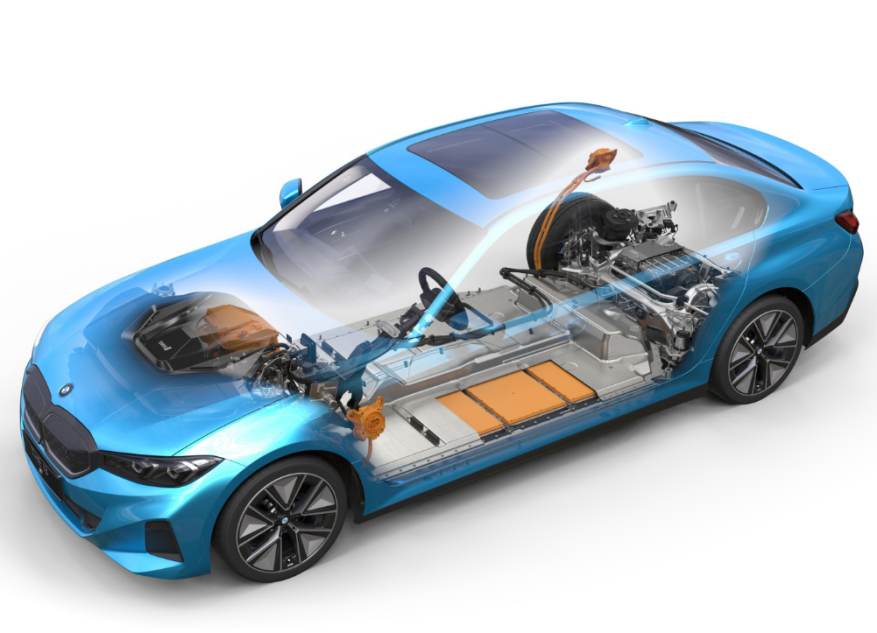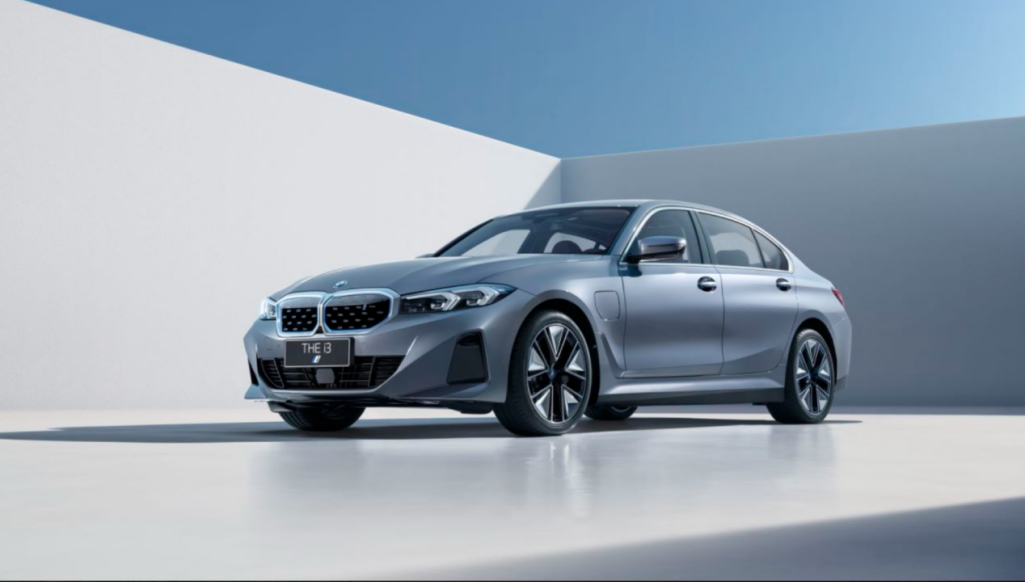Author: Gao Shangpei
“The 3 Series is an indispensable part of life” – this sentence holds true no matter what era it is placed in. As the hands of the clock tick towards the 20s of the 21st century, the status of fossil fuel-powered cars is gradually declining, and compared to the internal combustion engine models that have dominated the car market for over a century, electric models are undoubtedly a “new species”. You couldn’t avoid the 3 Series before, and you still can’t avoid the all-new BMW i3 today.
Electrification is a Revolution of Experience
Everyone is familiar with BMW’s accomplishments in the field of internal combustion engines, but many people don’t know that BMW has always been an innovative brand that actively embraces the times and promotes the transformation of electrification. As early as the 1972 Munich Olympics, BMW launched its first pure electric vehicle, the 1602e. As the most adept at handling luxury brand from Bavaria, it has never given up hope of bringing consumers cleaner energy, more intelligent travel and fresher life.

In this era, the all-new BMW i3, built on the CLAR rear-wheel drive platform, has become the epitome of electric cars in this era of electrification. It comes from a platform that can balance both “oil and electricity” but has been branded as “oil-to-electricity” by outsiders. You can’t see the embarrassing situation of “multiple power sources simultaneously” that can only run for 200km on 40 degrees of electricity, but what you can see is engineers who carefully consider the demand for pure electric power and make more targeted design optimizations.

The all-new BMW i3 has a drag coefficient as low as 0.24Cd, and is equipped with a 70kWh high-nickel ternary lithium battery pack with an energy density of up to 240Wh/kg. Its CLTC standard cruising range can reach 526 kilometers, and in our tests, the all-new BMW i3 even showed a “reverse virtual standard” situation, running further and further on a single charge.The powertrain has always been a strong point of BMW, not to mention the data. The power system has evolved from the golden combination of the 2.0T+ZF8AT in the fuel-powered car era to the new golden combination of the fifth-generation BMW eDrive power driving system and the excitation synchronous motor. The motor has a maximum power of 210kW, maximum torque of 400N·m, and can accelerate from 0 to 100 km/h in just 6.2 seconds, which even surpasses the high-power version of the 330.
The all-new BMW i3 features an integrated suspended curved surface screen. BMW designers have always insisted on “driver-centric” design, so this screen has a 6° tilt angle to ensure convenient layout of the instrument panel and allows drivers to find the information they need clearly and efficiently. The high-definition screen is equipped with the BMW iDrive with the 8th generation operating system for rich localization optimization. Familiar apps such as WeChat for Car, Tencent Mini Program, QQ Music, Himalayas, and localized maps work seamlessly with mature UI design, making it easy for both old car owners from the fuel-powered vehicle camp and new car owners who are new to electric vehicles to get started quickly.
Of course, intelligent assisted driving systems, as the most important competitive feature of the electric vehicle era, will not be absent from the all-new BMW i3. You can find new and useful features like automatic parking and 50-meter reversing assistance, etc., in addition to the Level 2+ automatic driving assistance system Pro.
The driving experience is BMW’s heritage and an incomparable quality that cannot be easily quantified or described by data alone. What we often call “driving pleasure” is what makes BMW so addictive. Even with the absence of the sound of the internal combustion engines, you can feel the difference in the soul between sitting in an ordinary electric car and the all-new BMW i3 from the handling of the steering wheel and the feedback from the pedal.
It may sound a bit mystical, but to create an electric vehicle that feels good to drive, “feeling” is the key. The brand new BMW i3 aims to be unique in the era of electrification by waving the flag of “pure driving pleasure” and taking the driving philosophy of “blue sky and white clouds” to a higher level.

The new BMW i3 inherits the perfect front-rear weight distribution ratio of 50:50. As an electric vehicle that also accommodates a large battery pack, the i3’s center of gravity is 44mm lower than that of the fuel-burning 3 Series. The front and rear suspensions are wider than before and both adopt the HRS hydraulic rebound damping technology. The rear chassis is also equipped with a rear anti-roll bar, and the rear axle air suspension is standard on all models. BMW has not joined any new powerful forces in the era of electrification. Instead of adding something new, it has subtracted invisible parts, striving for the sake of consumers so that you can experience the romance that comes with handling perception.
Sustainability is the True Meaning Behind Green Travel
If driving pleasure and intelligence are the micro-themes of electrification, green travel is the macro-theme that automakers cannot avoid. Sustainable development has always been one of BMW Group’s strategic pillars. For example, the BMW i3 achieves carbon reduction throughout its life cycle. For instance, instead of using the common permanent magnet synchronous motor found in the market, the i3 employs a self-developed excitation synchronous motor, which abandons dependence on rare earth materials.

The most critical part of an electric vehicle, the battery, can rely on the electric-battery tracing management system built by BMW Brilliance to trace its life cycle from production to scrapping and recycling, adding a touch of green to the “digital luxury experience” you can enjoy. Currently, about 30% of the recycled and reused materials used in BMW Group’s vehicle production, this proportion will gradually increase to 50%.
Therefore, to be successful in the era of electrification, one should not be limited to pure performance data. Leading by example, adhering to sustainable development, using technology to demonstrate their sincerity to the market, and adhering to their original intentions, these will all become BMW’s decisive tactics in the electric drive era.# 这是一篇 Markdown 示例文本
这篇文本包含了一些基本的 Markdown 语法,例如:
- 粗体 和 斜体
- 无序列表和有序列表
- 链接
- 图片
这也展示了一些 HTML 元素,例如:
- \
元素
- \ 元素
- \ 元素
- \
元素
<div class="example"> <span>这是一个示例</span> </div> <ol> <li>有序列表项 1</li> <li>有序列表项 2</li> <li>有序列表项 3</li> </ol> <img src="example.jpg" alt="这是示例图片">This is a Markdown sample text
This text contains some basic Markdown syntax, such as:
- Bold and Italic
- Unordered and Ordered lists
- Links
- Images
It also demonstrates some HTML elements, such as:
- \
Element
- \ Element
- \ Element
- \
Element
<div class="example"> <span>This is an example</span> </div> <ol> <li>Ordered list item 1</li> <li>Ordered list item 2</li> <li>Ordered list item 3</li> </ol> <img src="example.jpg" alt="This is an example image">This article is a translation by ChatGPT of a Chinese report from 42HOW. If you have any questions about it, please email bd@42how.com.
